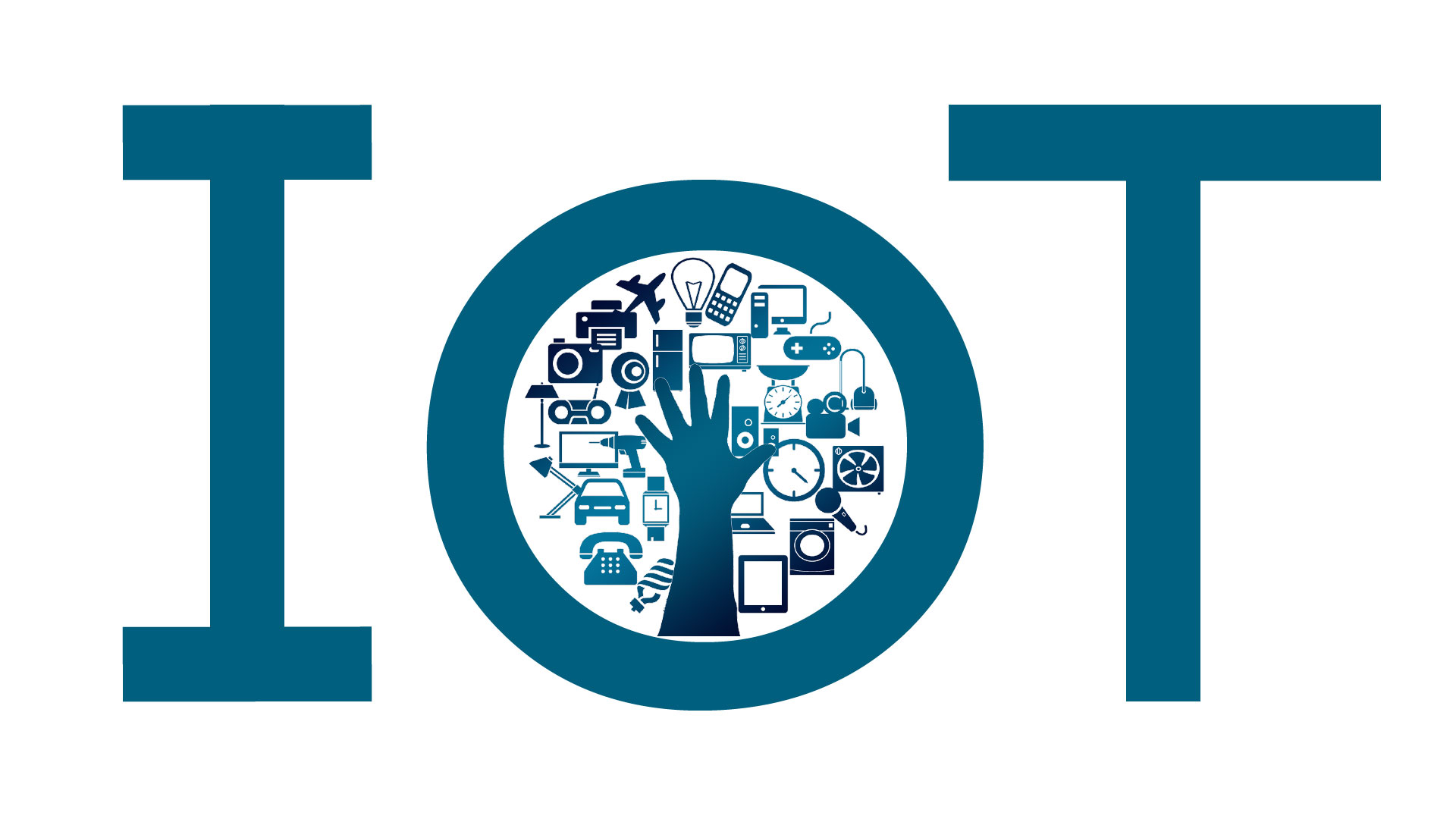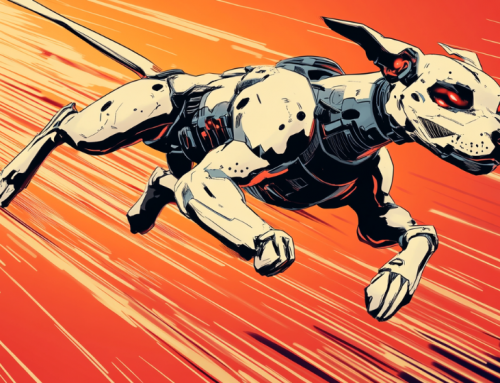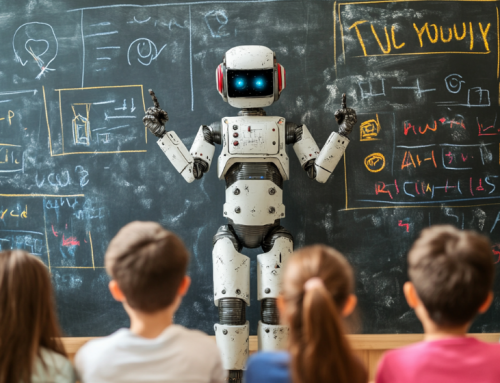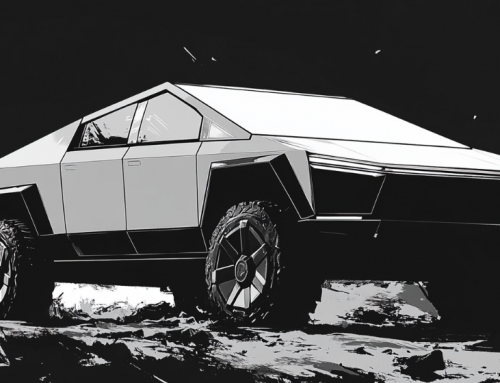
The “Internet of Things” consists of nearly 20 billion things.
Life in a Wired World
“The challenge for the industry, in general, is to simplify the experience,” says Lenovo Chief Operating Officer Gianfranco Lanci.
It is estimated that there are about 20 billion machines connected digitially. 20 BILLION. And that number is expected to jump into a $470 billion dollar industry by the year 2020. That’s less than two years away. All the major players in the Internet of Things, Like Baidu, Microsoft, Lenovo and Panasonic, all gathered at the CES in Las Vegas this year to show everyone that THEY have the system that will tie all 20 to 25 billion machines together in perfect harmony. But have they bitten off more than they can chew? In an article found in Barrons.com, they found several obstacles that may slow those predictions down just a bit.
In the emerging world of the Internet of Things, there are concerns over compromised privacy and security, the risk of losing human touch and empathy, and the cost and sheer complexity for consumers in making it all work.
Its not just security that has people cautious, but it’s cost that hovers over this particular breakthrough like a grey cloud. To have your home digitally connected to your devices is considerably more expensive that just buying a smart phone:
“Consumer adoption of the connected home is slower than that of entertainment systems and autonomous cars because of cost, worries over exposure to hacks and the complexity in piecing together so many gadgets from different vendors, according to a survey of 2,000 people in the U.S. by Deloitte Touche Tohmatsu.”
According to market researcher Gartner, millions of IoT devices go online every day. More than half of major new business systems and processes will include an IoT component by 2020, it estimates. Yet many devices may not be compatible with an open-security protocol proposed last year by ARM Holdings and Symantec (SYMC). The new security protocol would be based on technologies already in use in the financial sector and other sensitive industries.
Like a train coming down the tracks and heading right at the world’s economy, it’s best if we individuals, grasp what it is, how it will be beneficial, and when to be protected from its inner shortcomings, in order to make full use of the technology that has already arrived.
How will IoT be used? Picture an executive calling his digital assistant to start the Jeep for his wife who is walking through the snow in the parking lot, heading home. How could IoT be abused? Someone could hack the car and drive off in it.







Leave A Comment